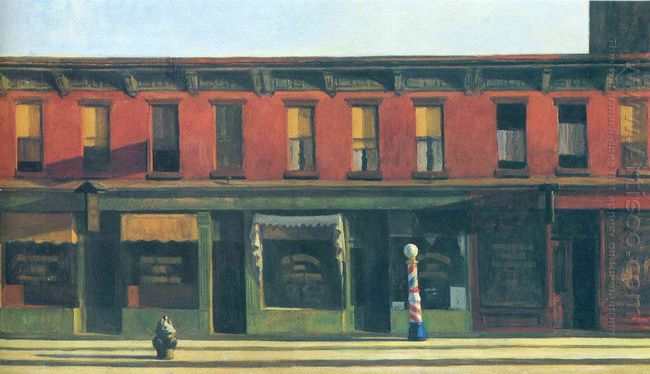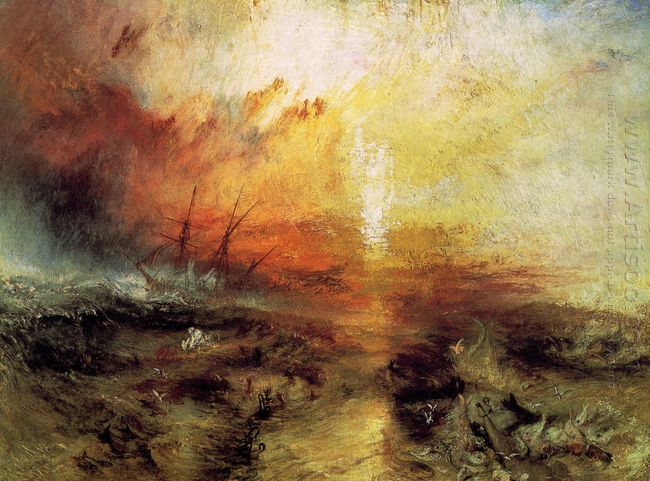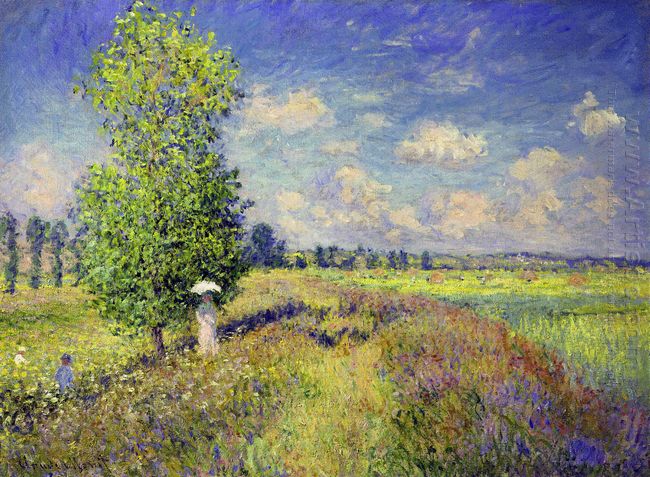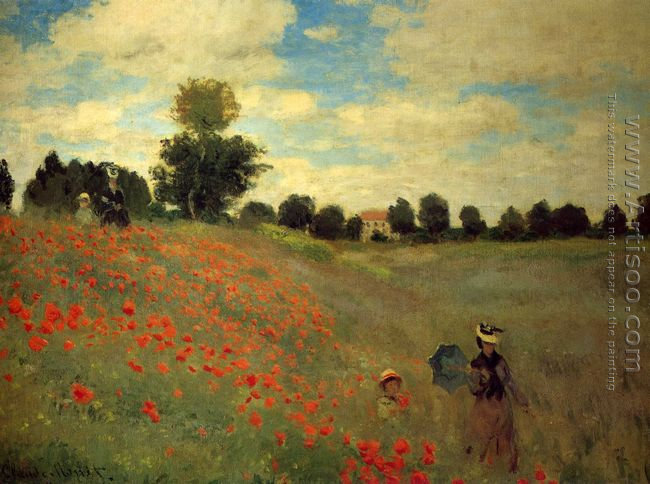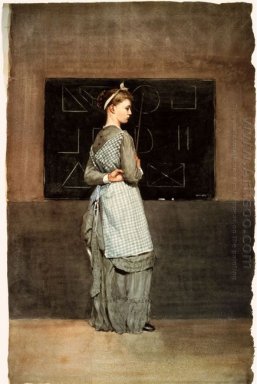In Edward Hopper paintings, vacancy, estrangement and loneliness are always his tone. Viewers can find some unfamiliar scenes which are not easily perceived in daily life from his painting, which helps us to better understand American society.
There were some people, who couldn't feel warm and love from human relationship. To them, life was repetitive, which was similar with suicide. Hopper's 1930 painting Early Sunday Morning portrays the small businesses and shops of Seventh Avenue in New York City shortly after sunrise. Looking at this painting, we can feel the gloomy mood during the Depression in the early 1930s. There are a row of houses, with monotonous, unvarnished windows of the same size. Everything in this painting makes people feel lifeless, though the scene is full of sunlight, offering a spot of variety. We can easily find sunshine and the less grizzly color in this painting, but the empty pavement gives people a sense of indifference and hollowness.
This painting is an example of Hopper's striking use of light to create an ethereal mood. It conveys a sense of desolation, but the lighting softens these features. On the top right corner of this painting, the dark brown passage suggests the side of a large building and shows the possible encroachment of the corporate world on this sunny street. Other shadows that are cast from the right subtly imply that the small-time shopkeeper. In this manner, Hopper accurately represents the state of American society and the mood of people in the 1930s.
The common subject Edward Hopper used is to express the mentality of lonely people. He never uses a busy street or a prosperous city as backgrounds. Instead, his paintings can evoke people's boundless thoughts through simple objects and concise language.

